General Orthopedics
General Orthopedics Surgery Arizona
An orthopedic doctor, or orthopedist, is a medical professional whose discipline of treatment targets musculoskeletal problems. The focus of an orthopedic surgeon is to prevent, diagnose, operate, and heel bone, joint, ligament, tendon, and muscle issues. Some orthopedists cover a broad overview, known as a general orthopedist, who diagnose patients and then usually refer them to a medical professional with more experience in the particular area of the body diagnosed. The orthopedic professional a general orthopedic refer their patients to is known as an orthopedic specialist. An orthopedic specialist normally has years of experience dealing with orthopedic care in the finger/hand, wrist, elbow, shoulder, hip, knee, or ankle. Some orthopedic specialists may have sufficient experience working with the entirety of the leg or arm as well.
Base Thumb Carpometacarpal CMC Arthritis
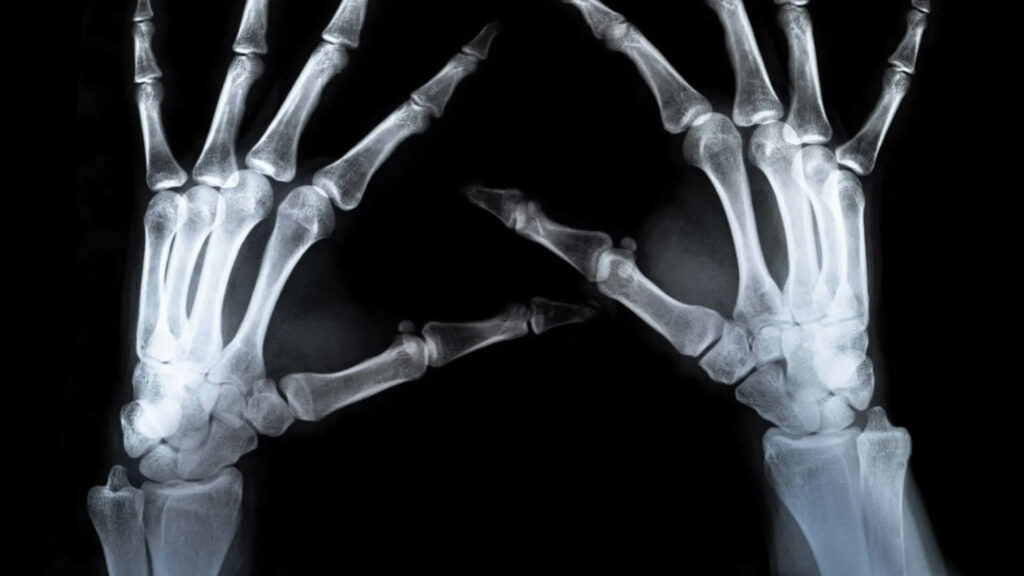
Orthopedic Surgery Solutions for Base Thumb Carpometacarpal CMC Arthritis
Thumb arthritis develops with age and is caused by worn cartilage on both sides of the thumb’s base joint, referred to as the carpometacarpal (CMC) joint. Most notably, thumb arthritis causes inflammation, pain, a weakened thumb, and limited range of motion, making day-to-day life activities challenging, such as gripping a pencil or holding a steering wheel.
Carpal Tunnel
Orthopedic Surgery Solutions for Carpal Tunnel
Carpal tunnel, also known as median nerve compression, is where the arm, wrist, and/or hand go numb and tingle due to a pinched nerve in the wrist. Factors causing carpal tunnel depend upon an individual’s wrist and arm structure, their health status and history, and the daily motions required by their job or profession. A general sense of weakness in the arm, wrist, or hand is normal too.
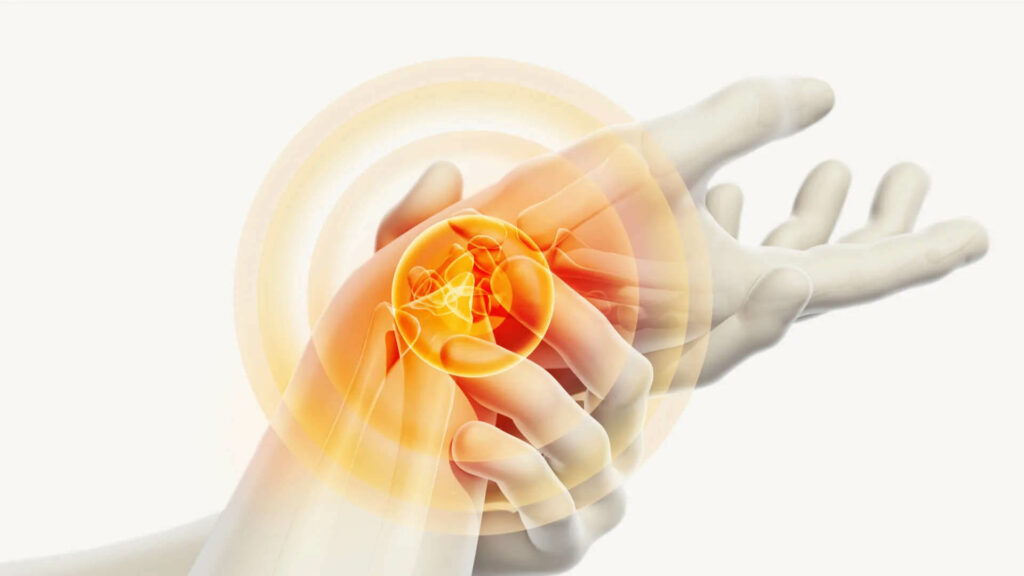
Ganglion Cyst
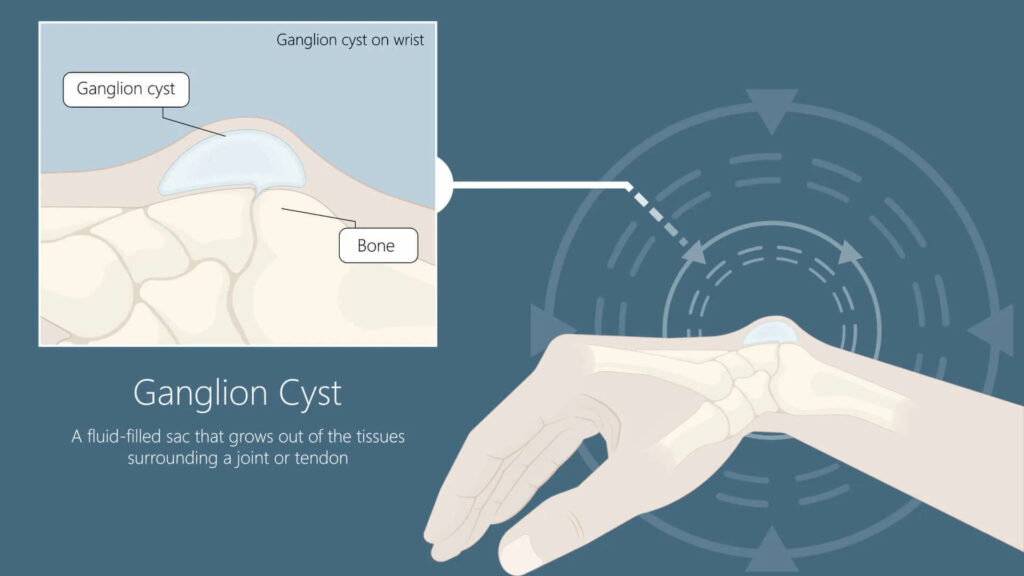
Orthopedic Surgery Solutions for Ganglion Cyst
A ganglion cyst, also known as a bible cyst, is noncancerous and usually forms on the tendons of the wrist or joints in the hand, however, they can appear on the feet and in the ankles. The sac of fluid appears circular and relatively small. There normally isn’t any pain as long as the cyst doesn’t pinch a nerve, which will inhibit the motion of the joint or tendon. Most people are tempted to pop their ganglion cyst, but that shouldn’t be your first route. Rather, it is better to rest the foot, ankle, hand, or wrist with the cyst, as motion only encourages the growth of the cyst. The best thing to do is gently massage the cyst two to three times per day to help push fluid inside the cyst sac out.
Gout
Orthopedic Surgery Solutions for Gout
Gout is a type of arthritis caused by the buildup of uric acid crystals in the blood and tissue. Metatarsal gout is when these crystals build up within one or all five of the large bones of the toes. Gout most often occurs in the metatarsophalangeal, more commonly referred to as the joint of the big toe or the ball of the foot.
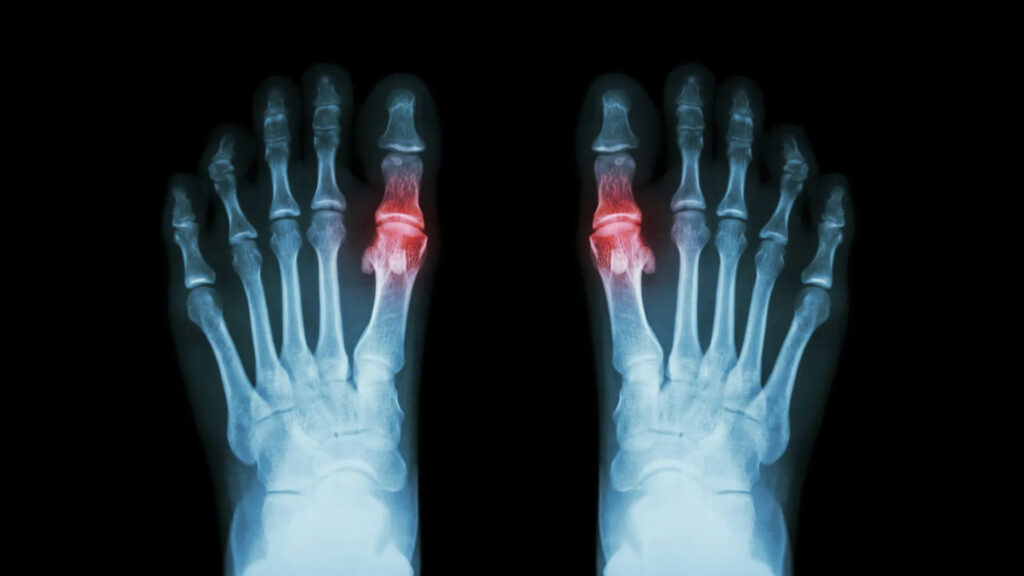
Trigger Finger
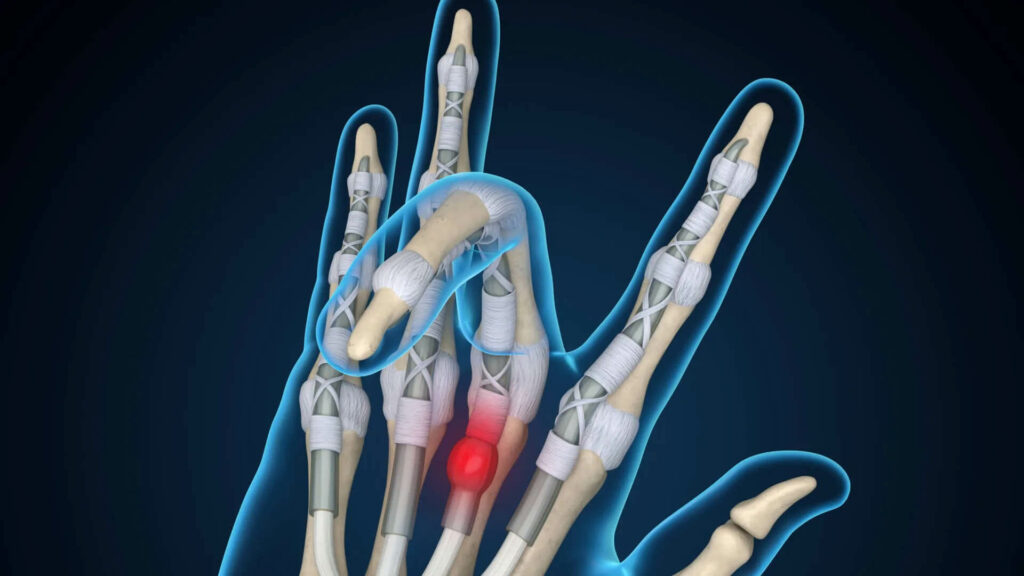
Orthopedic Surgery Solutions for Trigger Finger
Trigger finger, also known as trigger thumb, is when a finger’s joint becomes fixed in a bent position to where it resembles the action of pulling a trigger. Most often, those with routine, strenuous hand activity, diabetes, and arthritis experience trigger finger. Symptoms are a general inflexibility and sensitivity to the afflicted finger(s) with feelings of cracking and snapping when the finger is released from the bent position. It’s normal to experience the strongest trigger finger symptoms in the morning, especially if sleeping on your side or stomach where the hands and fingers are jammed or smushed underneath the body.
Arthroscopy
Arthroscopy is a surgical procedure doctors use to look at, diagnose, and treat problems inside a joint. It may be necessary if you have inflammation in a joint, have injured a joint, or have damaged a joint over time. Most often, it’s done on the knee, shoulder, elbow, ankle, hip, or wrist, but can be done on any joint.
Your doctor will perform arthroscopic surgery in a hospital or outpatient operating room. That means you can go home the same day. The type of anesthesia you’ll receive depends on the joint and what your surgeon suspects are the problem. It may be general anesthesia (you’ll be asleep during surgery), or your doctor will give it to you through your spine. He might also numb the area he’s doing the surgery on.
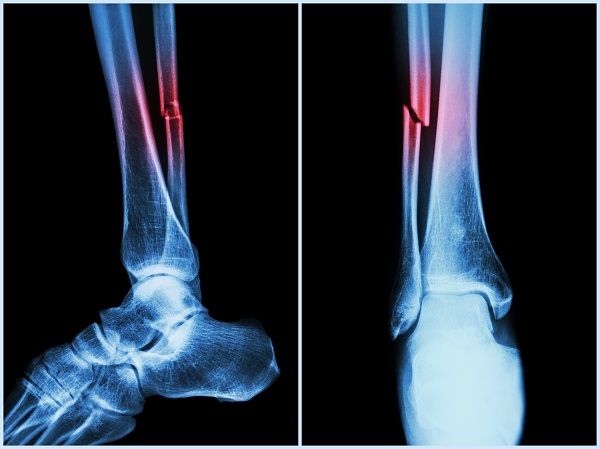
Fracture Care
A fracture can range from a thin crack to a complete break. Bone can fracture in several places, and into many pieces. Most fractures happen when a bone is impacted by more force or pressure than it can support.
Most fractures are accompanied by intense pain when the initial injury occurs. It may become worse when you move or touch the injured area. In some cases, you may even pass out from the pain. You may also feel dizzy or chilled from shock.
After setting, most fractures are immobilized with a cast, splint, or, occasionally, traction to reduce pain and help to heal. In most cases, medication is limited to painkillers to reduce pain. In open fractures, antibiotics are administered to prevent infection.


